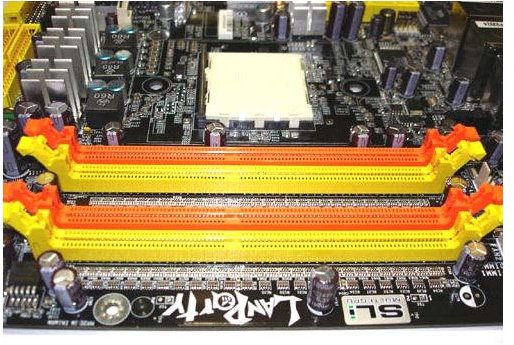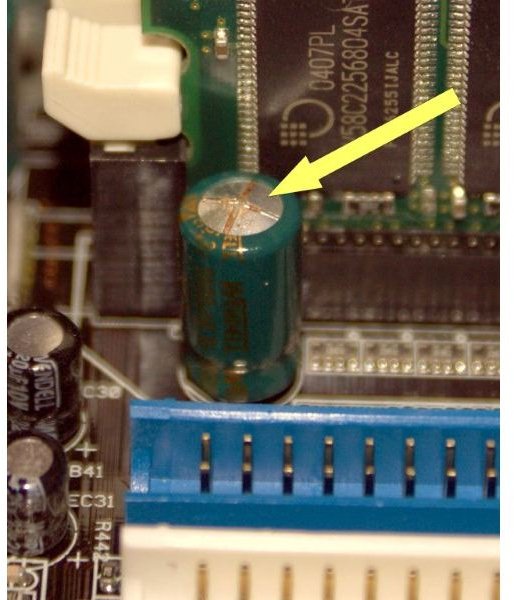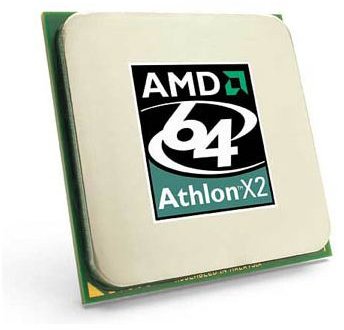Help! My Motherboard Keeps Rebooting
My PC Won’t Start!
If your motherboard keeps rebooting, it can be a very frustrating experience. The key to solving the problem is to try and isolate whatever is making the trouble, so it’s basically a process of elimination. In this article, I’ll give you several different things to try in case your motherboard keeps rebooting.
Beep Codes
The first thing you should listen for are the POST beep codes that come from your motherboard. You normally just get one beep when you turn on the computer, or no beeps at all. If you get something else, such as a series or short beeps or maybe alternating long and short beeps, then your motherboard is trying to tell you something. Consult the manufacturer’s documentation or website for more information on what the beep codes mean, because they vary. Chances are that the codes will help you quickly isolate the problem and get it corrected.
CPU Seating and Cooling
I recently changed out a motherboard on a computer at work and it would not work until I figured out that I had not properly seated the CPU in its slot. On that motherboard, you have a little lever that lifts up to place the CPU, then you have to push the lever down to lock it in place. I had not pushed the lever down all the way and it wasn’t making a proper connection. On your own system, make sure the CPU is in its proper place and none of the pins are bent.
Another important part of the CPU is the cooling system. If the heat sink and cooling fans are not properly installed, then the CPU could very quickly overheat and cause the computer to reboot. They reboot themselves as a safety measure to keep the CPU from burning up. Often times it is malfunctioning cooling fans that are at fault when a motherboard keeps rebooting.
Reseat the RAM

In my experience, many problems involving unexpected reboots have to do with the computer’s RAM, or memory. It could be that you’ve got some bad memory or it may be some kind of incompatibility between manufacturers. With so many different makes and models and grades of RAM on the market, it is very easy to get the wrong kind for your motherboard, so double check what you have to make sure they will work together.
The easiest way to test computer memory is one stick at a time. If you only have one stick, try removing it from the slot and use compressed air to clean the connectors, then reseat the memory or even try another slot. If you have two or more sticks of RAM, try alternating them in different slots or try them one at a time. You may also want to try running MemTest on it, but that’s only if you are able to get your computer up and running long enough to complete the test.
Faulty Capacitors

Motherboards do wear out over time, and one big problem when an older motherboard keeps rebooting is when the capacitors go bad. You should visually inspect the capacitors for any signs of puffiness or leakage. Most capacitors have a cross pattern on top of them, and they should be flat. If you see any capacitors that are puffed out at the top, then it’s a sign that they have gone bad. Also look for any yellow or orange discharge around the capacitor, as this would indicate a leak. Either way, bad capacitors mean it’s time for you to buy a new motherboard, because it’s nearly impossible to fix or replace them without damaging the board.
Hardware Issues
If you’ve tried my previous suggestions and your motherboard keeps rebooting, then you need to look at the rest of your PC’s hardware. What you should do is start removing one item at a time and test to see if that is the problem. Unplug any PCI cards first, then reboot and see what happens. After that, unhook your drives one at a time. The idea is to get the PC down to the bare essentials so it will be easier to tell what is causing the machine to reboot. Be very careful of using high end video cards with low wattage power supplies, as this can cause all kinds of problems with your computer if the other components aren’t getting enough power.
